How to Create A Non-Stick Surface on Your Cast Iron
My journey with cast iron began many years ago, very soon after I realized that Teflon coated cookware never did any favors for anyone's health. So I decided it was time to learn how to use cast iron in the kitchen.
The road to success was a bumpy one. It didn't matter what kind of oil I used; everything seemed to stick. I even ruined a cast iron frying pan by attempting to cure it with a hearty coat of olive oil. Such a goopy, sticky mess I never did see!
Truth is, I almost gave up on cast iron. While I didn't like the idea of Teflon-coated pans, cast iron just wasn't working for me. But I didn't want to give up, so I began doing some online research. And I soon discovered that a person can't approach cast iron like they would Teflon.
When I was a little girl, I had learned how to cook on Teflon pans. And if I was going to learn how to cook with cast iron, I needed to re-learn everything I thought I knew.
And you'll have to do the same!
Seasoning Cast Iron: the Secret to Success
Because I was accustomed to “pre-finished” pans, I never stopped to think that my pan might need help or maintenance. However, nothing could be more true of cast iron!
Cast iron's non-stick finish is created by baked on oils. Yes, you create a non-stick surface by applying fats or oils, then baking the cookware in a 400F oven.
Once you've created this finish, it doesn't mean it's good for the next 10 years! Over time, these oils wear down and eventually, the pan begins to lose it's non-stick qualities. As a home cook, your job is to re-season and cure your cast iron cookware every 6-12 months to maintain that finish.
Without it, cast iron cooking is a frustration indeed.
Once I understood this, things began changing and I learned how to cure cast iron for that non-stick finish we all want.
How to Season Cast Iron Cookware
Seasoning or curing cast iron isn't difficult, but the process does take time and may smoke up your home a bit. I recommend that you keep your hood range vent on throughout the entire curing process. And open a window, if needed!
Step 1: Preheat the oven
There are varying opinions on just how hot your oven should be for the seasoning process. Some cast iron uses claim that lower temperatures are better, while some people (like myself) insist that 400F has been the sweet spot for them.
Regardless of the temperature you choose, preheat the oven while you are oiling up your pan.
Step 2: Apply a light layer of oil
When seasoning cast iron, be sure to use oils that have a hard finish! I prefer lard, tallow or coconut oil. If you want to learn how to render animal fats, you can get my tutorial here.
Generously apply your fats/oils to the cookware with your hand, being sure to cover the entire surface and rim. While you want your pan looking moist and wet, you actually don't want too much oil. Excess oil results a bumpy, uneven finish.
After you've saturated your pan, take a paper towel and run it around the pan, removing unwanted oil. You want a very thin layer that will bake on in 45-60 minutes.
Step 3: Bake Cookware Upside Down
Once your cookware has been oiled, it's time to pop it into the oven. Here's where things get odd. Instead of curing it right side up, turn your cookware upside down. I don't know why, but upside down pans always result in a smoother, more even finish!
Because your pan may drip, you can put a cookie sheet below to catch any oils. Otherwise, they will bake onto the bottom of your oven.
Step 4: Set a Timer
If you leave your cast iron in the oven for too long, you may end up burning the finish off. For this reason, I recommend setting a timer for 45-60 minutes. Be sure to check it after this time passes by.
Step 5: Reapply Oil and Return to Oven
After an hour has passed by, check your cookware. Does it look dry and black? Or does it still have wet-looking spots that resemble raindrops?
If it's “dry” you're ready for another coat. However, if it looks speckled, put it back in the oven for another 30 minutes.
Step 6: Repeat, Repeat, Repeat
If your cast iron has been properly cared for, you shouldn't need more than 2, maybe 3 coats. However, when working with very old, worn down pans, I like to season my cast iron until it has a glossy, black finish.
At first, the gloss will come slowly and in patches. These shiny black spots will eventually grow until the entire pan has a sleek, black look that reflects the light. And then? It's ready for use! And from there on, your cast iron should only need to be seasoned 1-2x per year, with 1-2 coats!

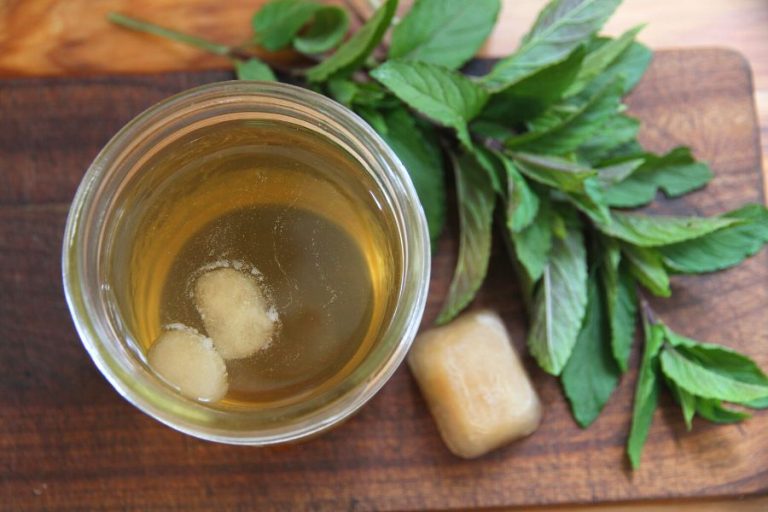
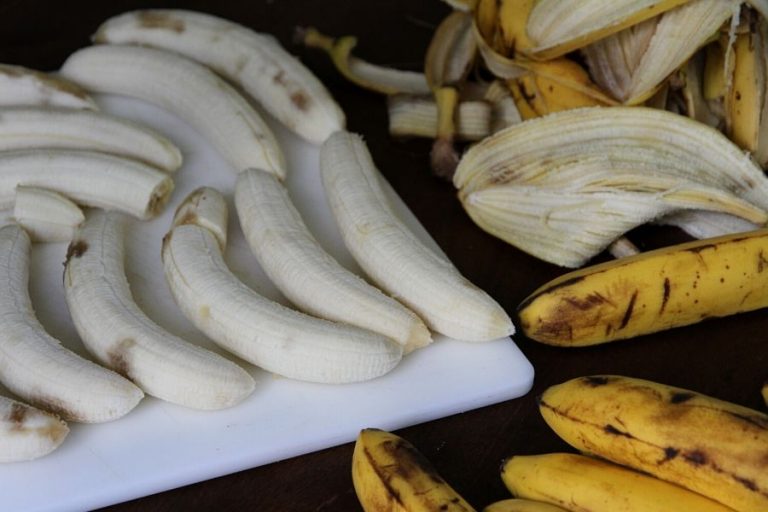
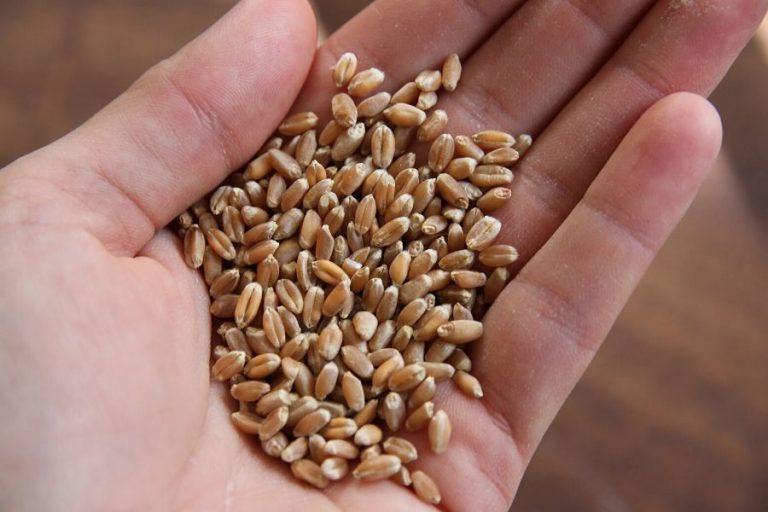
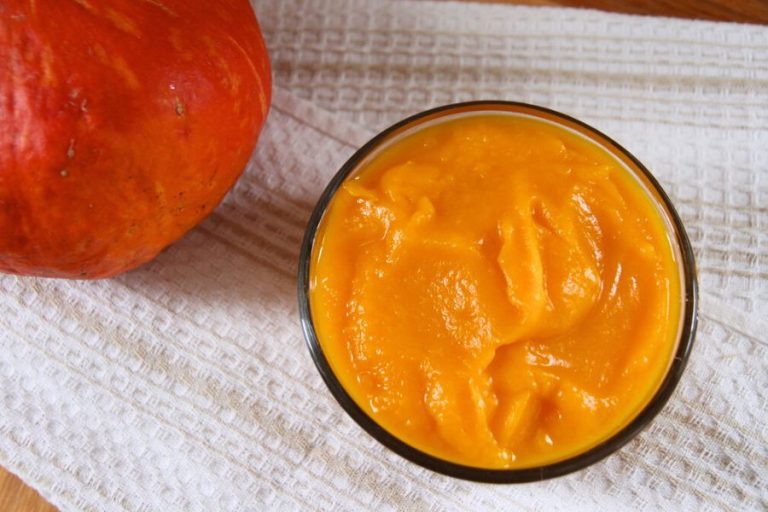
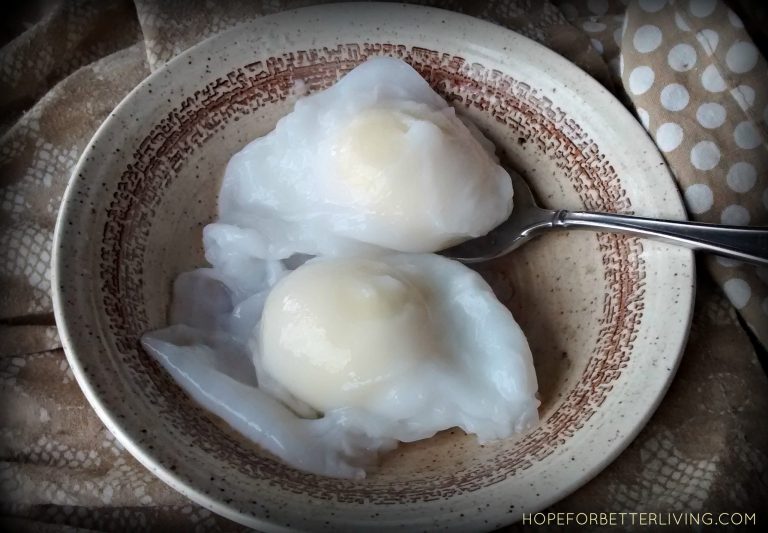
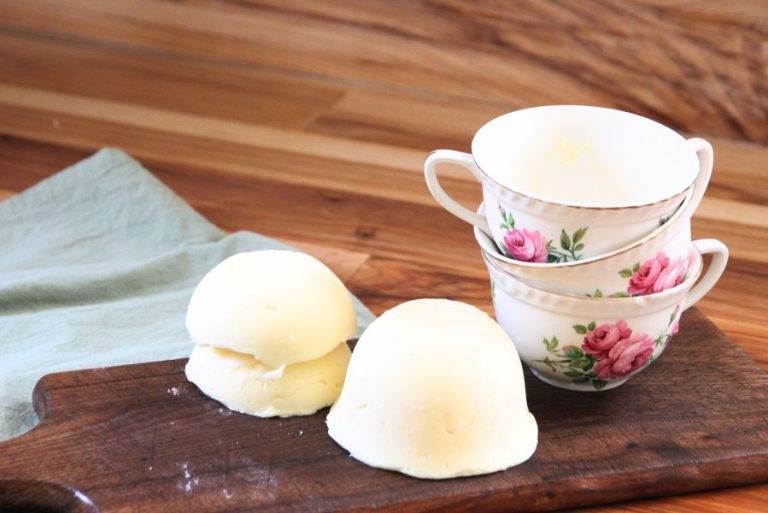
My pots are cast iron but think enamel on the inside and out, how would you season them?
Hi Julie!
Good news! You don't need to season enamel-lined cast iron cookware. The enamel will make it (relatively) non-stick for you. 🙂
I just tried this and smoked out my house! 🫠🙃 I've only done 2 bakes. Maybe I can do the next tomorrow, on the BBQ. Have you ever done it on the BBQ?
I haven't done it on a BBQ, but I think it would very similarly to the oven. Just make sure it doesn't get so hot that the finish burns off. 🙂
How do you then recommend we maintain the finish ? Do we still use oil in the pan before cooking ? And after use are we still okay to wash it every time ?
Yes, always add oil to the pan before cooking anything in it! You can wash it every time, but often you should be able to just wipe oil out of the pan after use and let it sit.
Thanks for this really useful information! My Swedish 20 years old cast iron pan has a wooden handle.. Would that withstand the heat required for a proper finish, do you think? If not, is there any chance it can be "cooked" on the stovetop? I have gas.
Many thanks,
Meta
Hi Meta!
I've never heard of a cast iron skillet with a wood handle! Could it be unscrewed or somehow removed for seasoning? I would not put a wood handle in the oven. Maybe try adding extra oil when you cook for the next month or so?
Shelve all the cooking oils...get over your vegan self...buy a pound of bacon and as you cook it pour the fat into a jar and stick it in your freezer door. Use this fat to season your cast iron. I have my grandmothers 12" skillet that was seasoned over years this way...nothing sticks in it today! Another thing...NEVER... use soap in cast iron...NEVER! Scrape it, rinse it, set it on a hot burner to dry then wipe it with a little oil.
I have found that animal fats usually work best. But I do use soap on my cast iron if I feel it needs it. I haven't found that it affects the finish, as long as it's rinsed immediately after cleaning, dried and a layer of oil is reapplied. Just my experience!
I did the seasoning treatment, and have now used my pan 3 times. Each time food sticks to it even though I use oil to cook it. How long does it take for it to become more non-stick?
Hi Ali!
What type of oil did you use? Was it a soft or a hard-finish oil? Don't be afraid to use 1-2 tablespoons of oil for your cooking. Also make sure the pan is thoroughly heated before you add food. That's one of the keys to success! Let me know how it goes.
I used organic flaxseed oil as I read an article that indicated this was the oil that dried the hardest and hence was recommended. I did 6 cycles which was also recommended.
I used flaxseed oil after reading an article touting the hardening qualities it had. So will it take some time before it becomes more non-stick?
I've never used flaxseed oil before, but I wonder if you put on too many layers? I only have experience with coconut, tallow or lard. Give it some time, use lots of oil when cooking (I would try something other than flaxseed) and if worst comes to worst, you can burn off the current finish by leaving your pan the oven under high heat. And start over again with something else! Let me know how it goes!
Can you use vegetable shortening? Also, when you're done cooking a meal with it how do you "clean" it? I keep reading mixed things. Thanks!
I only use natural fats and oils in my kitchen, so I've never tried shortening. But I suspect it would work. To clean my cast iron, I simply add water and heat it up on the stove. All foodstuff wipes off then. 🙂
Would vegetable oil or olive oil be okay? My options are kind of limited.
I have the former immediately available.
Don't use olive oil. I know from experience that it can give your pan a sticky finish. Vegetable oil is just fine though!
Thank You Works Well
This is really helpful, thank you